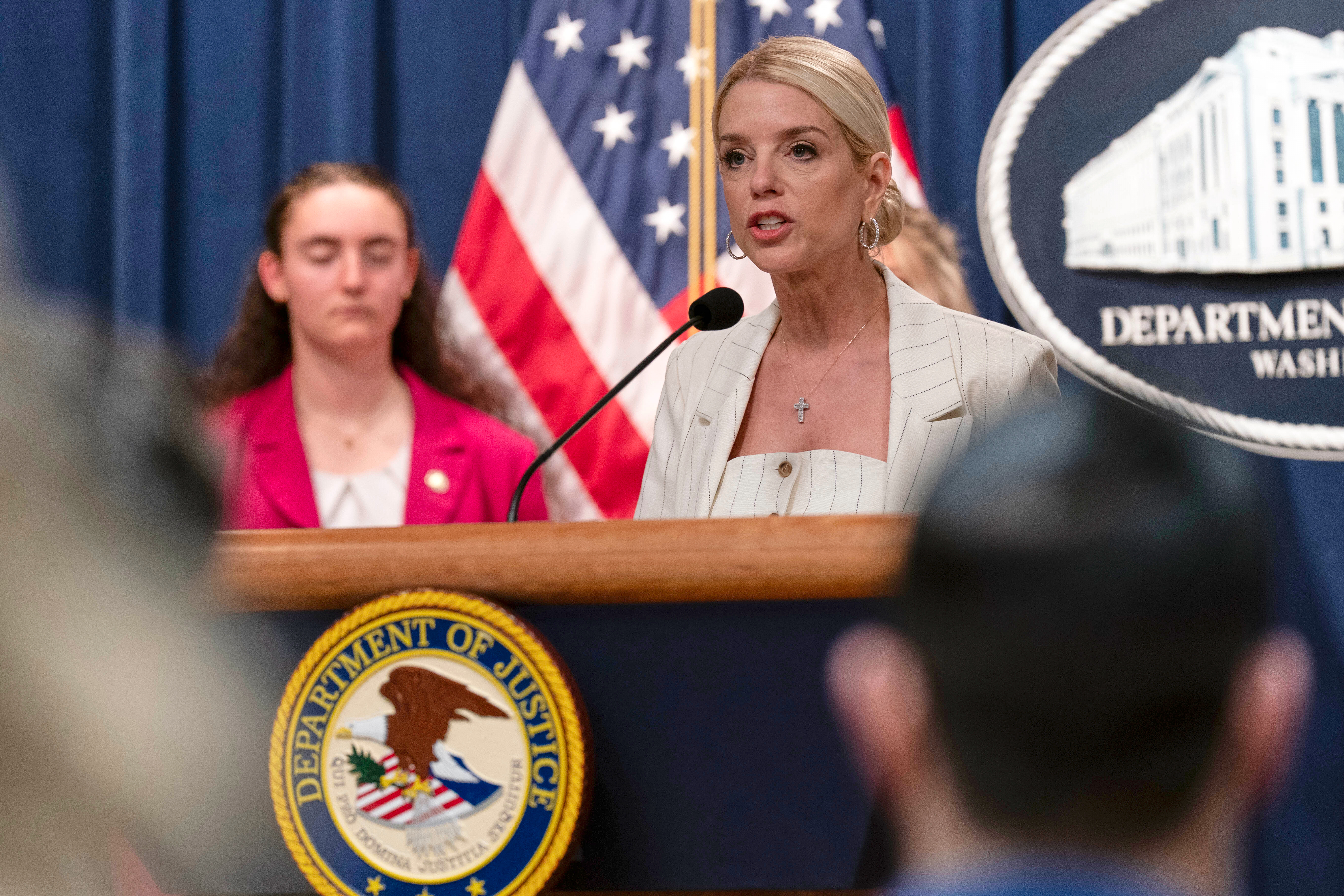An algae bloom that devastated the habitat of sea mammals last year in the Pacific Ocean, wreaking fatal havoc on marine life, has Los Angeles officials revisiting the tragedy months later, hoping to better prepare for future environmental crises.
The Los Angeles City Council said it wants to improve rescue efforts for marine mammals along its coastline.
During the algae bloom, the nonprofit Marine Mammal Care Center in San Pedro worked tirelessly to rescue as many seals, sea lions and dolphins as possible and get them into rehabilitation. But city leaders want to improve their ability to perform rescue efforts like these during a crisis.

More cancers linked to water at Camp Lejeune, large CDC study finds
The new larger CDC study — called "remarkable" for its size — examined families stationed decades ago at Camp Lejeune in North Carolina.
The LA City Council passed a motion this week urging city officials to find grant options and other funding to help organizations that rescue marine mammals.
San Pedro's Marine Mammal Care Center relies on donations to fund their conservation and rescue work. It is a year-round hospital for marine animals from the more than 70 miles of beaches that stretch from Seal Beach to Malibu.
Traci Park, a city council member who introduced the motion, told the Los Angeles Times that the algae bloom and the impact on marine life was "a really tragic thing to see."
Council members approved the motion 11-0, unanimously in favor of the environmental improvement measure. Council members Heather Hutt, Curren Price, Nithya Raman and Hugo Soto-Martinez were absent during the vote, according to reports.
Toxic blooms of algae are more commonly seen in the summer months off the coast of California and can last for several weeks. This marine algae can produce a neurotoxin that can damage the brains of mammals in the water.
Sea lions are particularly susceptible because they consume shellfish, but with treatment they can recover within hours of the onset of illness.









